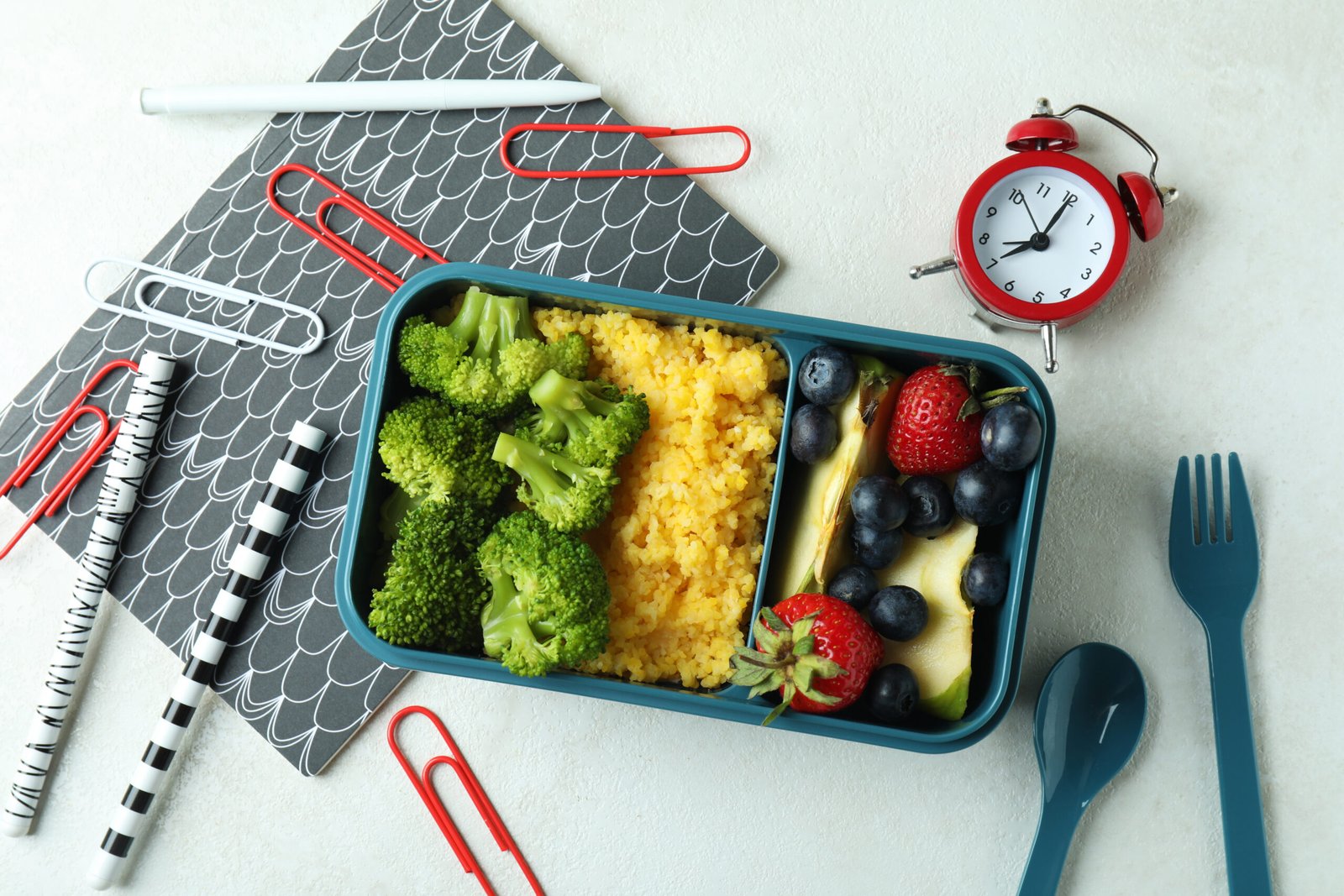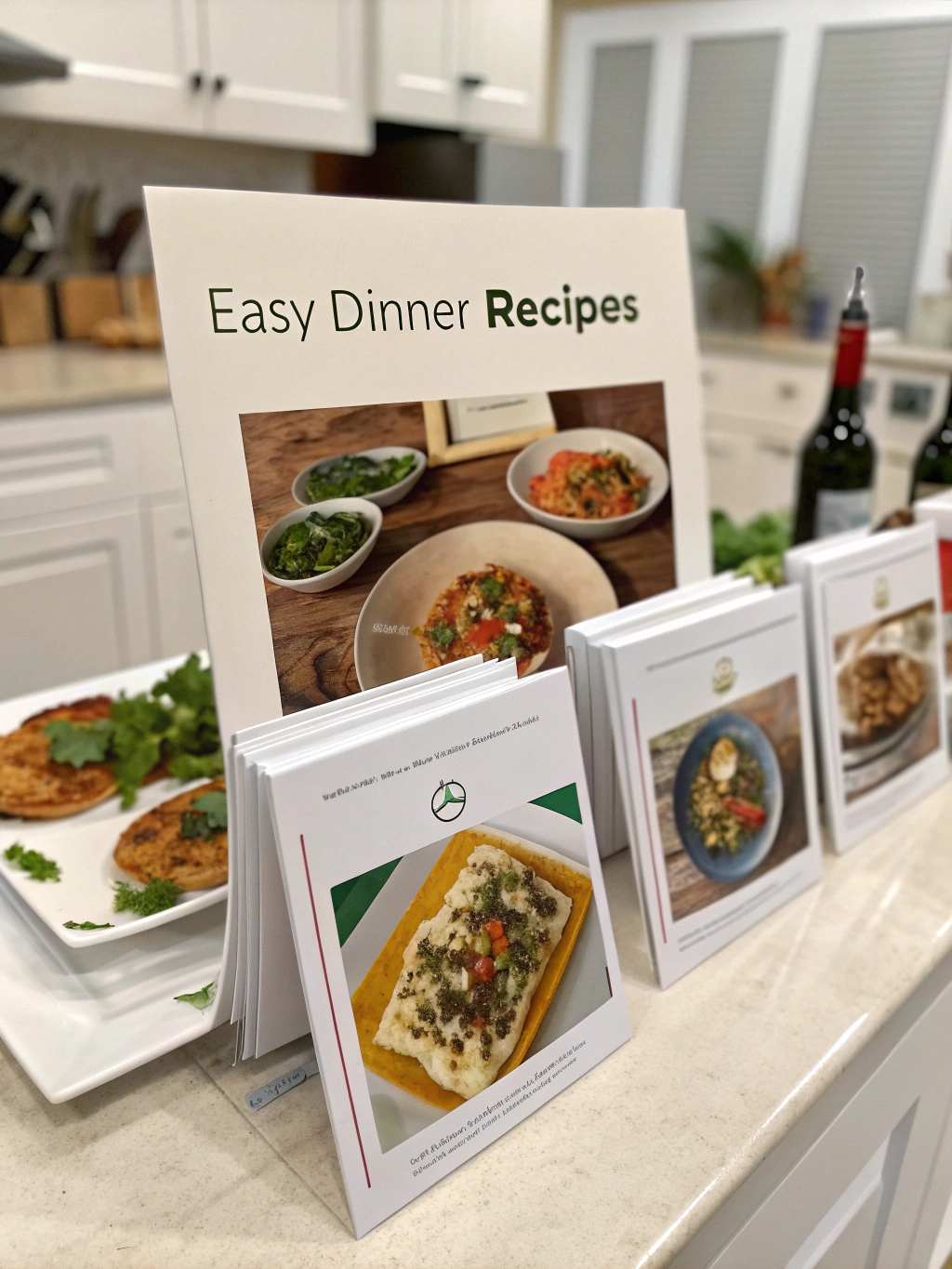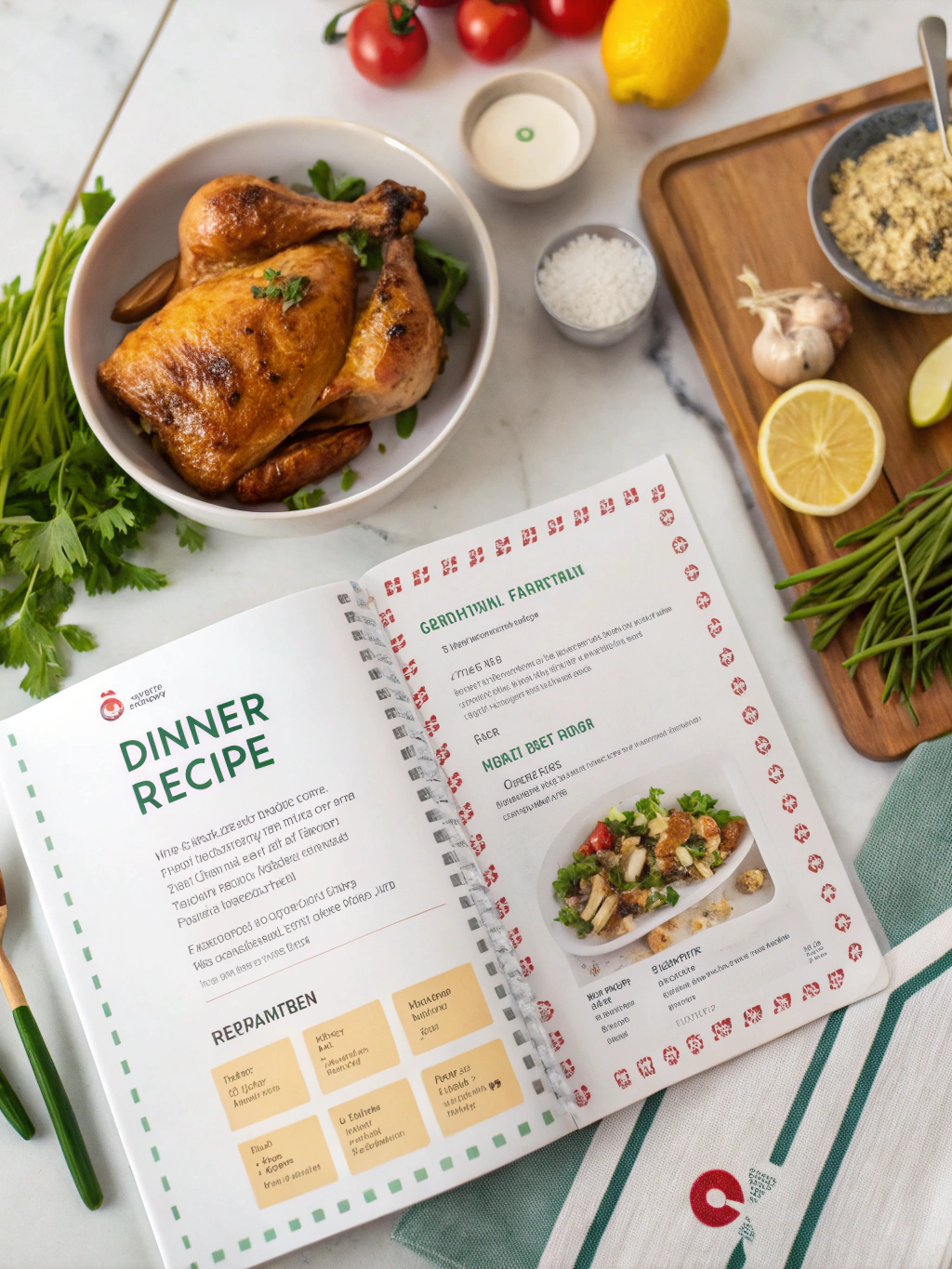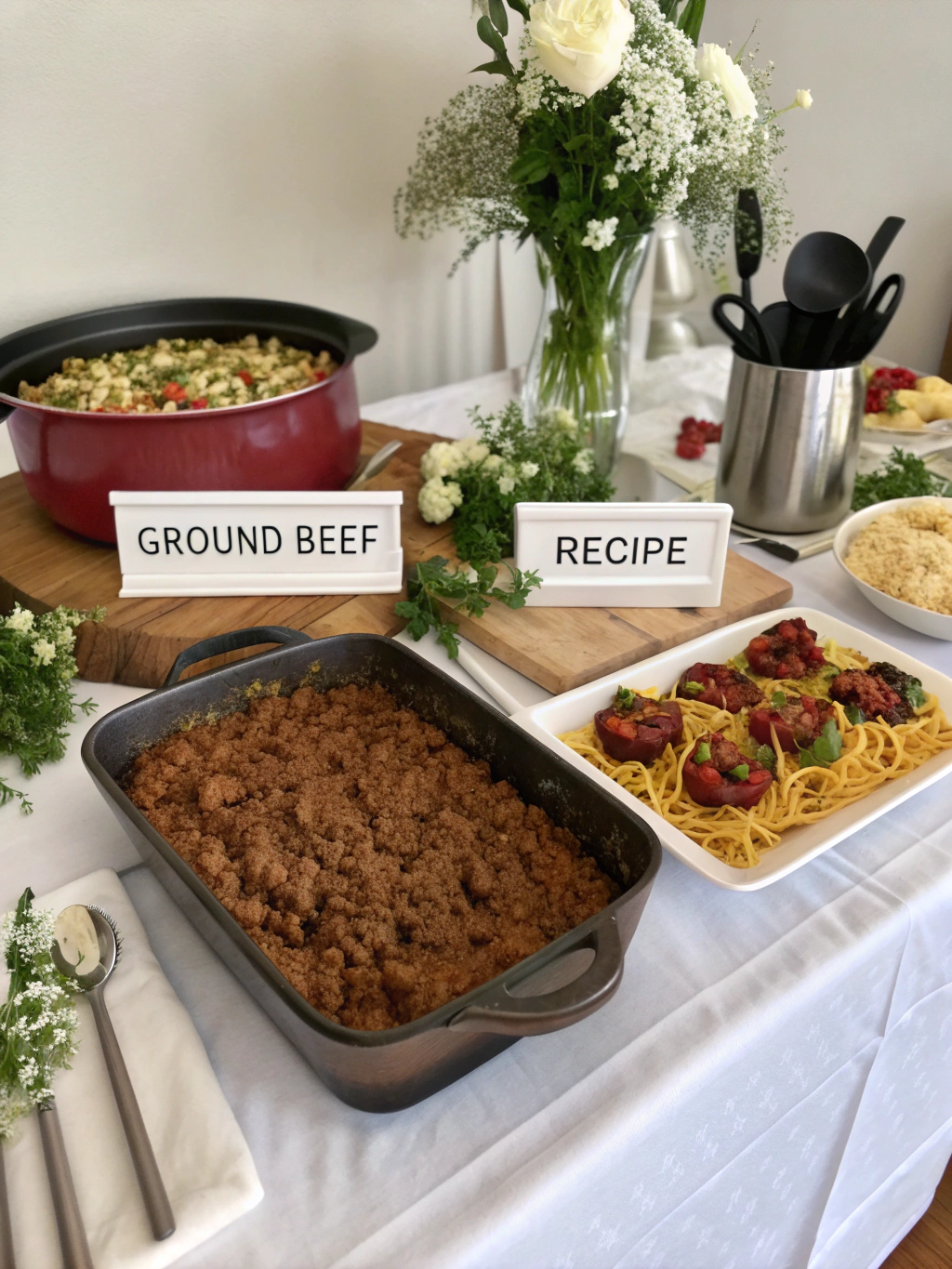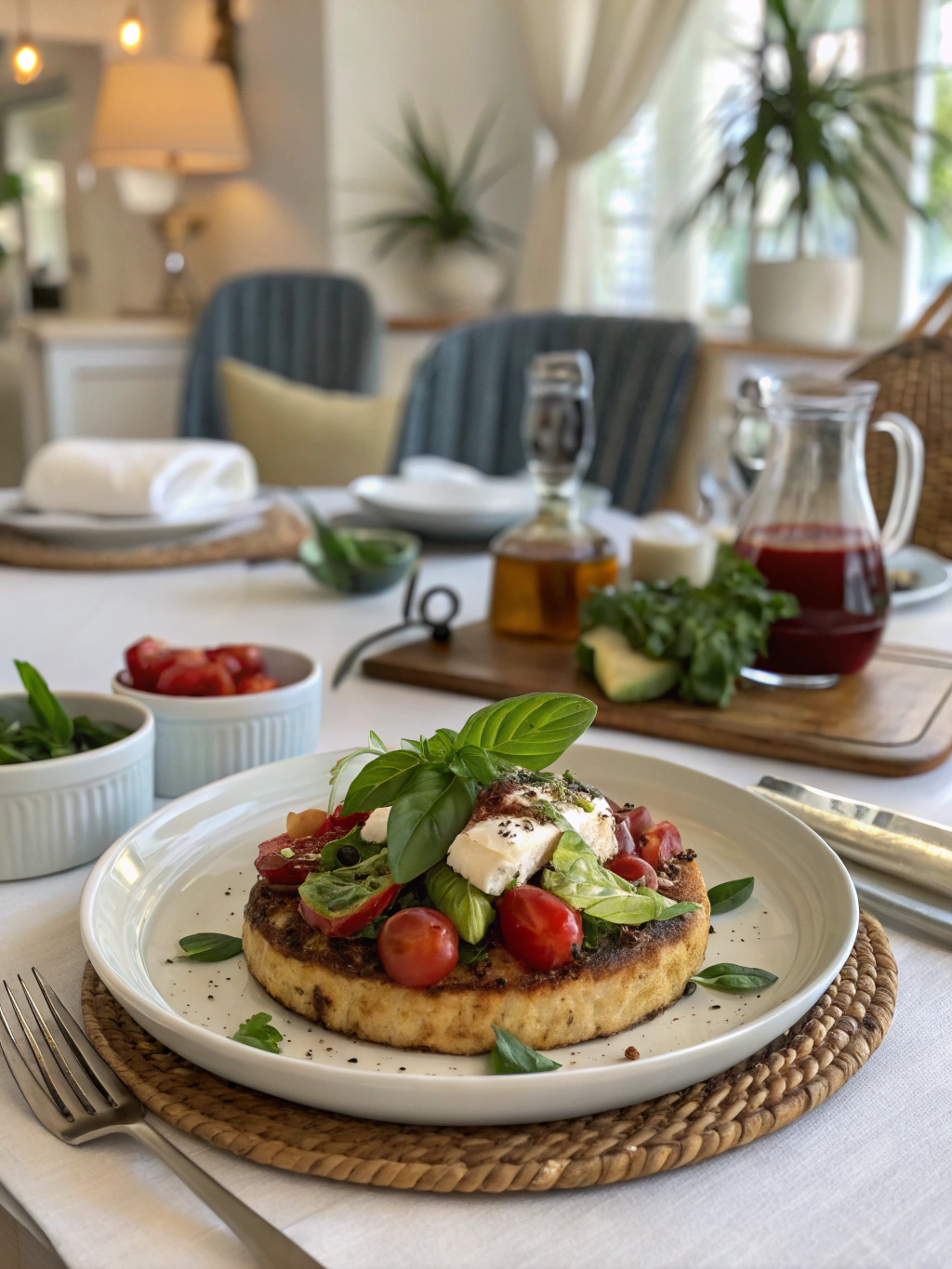
Introduction
Have you ever stood in front of an open fridge at 5:47 PM with no dinner plan but a pound of ground beef staring back at you? Korean Beef Sloppy Joes Pack a Sweet and Spicy Punch: How to Make 5 Best sammies came to me during exactly such a moment of culinary desperation. Back in 2018, I’d spilled an entire jar of gochujang on my kitchen floor (and partially on my cat), and while scrubbing the sticky red paste from grout lines, I had a lightning bolt moment. I’ve been cooking since I could reach a stove—well, actually I couldn’t cook worth a darn until college, but don’t tell my mother that. The key to these magical meat-pillows is what I call the “spice-squench” technique, where you basically torture your seasonings before they meet the beef. Listen, you might think sloppy joes are kiddie food, but these babies’ll change your whole dang worldview.
Personal Recipe Journey
Sometimes I wonder if food just tastes better when it’s completely unplanned, ya know? These Korean Beef Sloppy Joes started as a complete accident when Margie (my neighbor with the amazing herb garden) brought over some homemade kimchi that was, like, WAY too fermented for regular eating. I first tried making these back in winter of 2019… or maybe it was spring 2018? Anyway, I’d just moved to the midwest from Seattle and couldn’t find decent Korean ingredients anywhere.
My first attempts were CATASTROPHIC. The meat was swimming in liquid (I literally wanted to cry), and the buns disintegrated faster than my willpower near a plate of bacon. The breakthrough came when Tina showed me how to “reverse-caramelize” the sauce—something I’d never heard of before or since!
I’ve played with this recipe in humid Kentucky summers (where the buns go moldy if you blink) and in bone-dry Denver winters (had to add extra moisture there, weirdly). These Korean Beef Sloppy Joes have saved dinner more times than I can count, especially during that weird phase when I thought cooking only with wooden utensils would improve flavor (spoiler: it doesn’t).
Ingredients List
- 1½ pounds ground beef (the fattier the better—I use 80/20 because I’m not here to live forever)
- 3 HEAPING tbsp gochujang (the fermented Korean chili paste that stains EVERYTHING but is worth your eternal soul)
- ¼ cup brown sugar (packed down with righteous fury)
- 2 Bungalow tablespoons soy sauce (dark preferred, but whatever’s in your door shelf works)
- ½ onion, minced into oblivion (yellow is traditional, but I’ve used red when feeling rebellious)
- 4 cloves garlic, smooshed to smithereens (or more if you’re not planning on kissing anyone)
- 1 thumb of ginger, grated using the scary side of your box grater
- 2-ish carrots, shredded (optional if you’re vegetable-averse like my uncle Pete)
- 1 splish of rice vinegar (about 1 tablespoon if you’re boring and need measurements)
- 5 burger buns (brioche if you’re fancy, regular if you’re normal, cheap white if you’re me)
- Sesame seeds for that “I definitely planned this” Korean Beef Sloppy Joes garnish
Cooking Instructions/Directions
STAGE ONE: The Flavor Foundation
- Heat your largest, heaviest skillet until it’s hot enough to make a droplet of water dance—not sizzle, DANCE. This is crucial for proper meat-browning, and if you skip this step, I can’t be responsible for your sad, gray meat.
B) Add your ground beef and LEAVE IT ALONE for at least 3 minutes. I’m serious. No poking, no stirring, just let it develop that gorgeous crust. My great-grandmother would haunt me if she knew how many times I’ve ruined perfectly good meat with impatience.
THIRD: While one side is browning, chop your onions. Now break up the meat and add those onions right into the sizzling beef fat. This is where the magic happens—what I call the “fat-bathe.” The onions will go translucent faster than my excuses when I’m caught eating ice cream for breakfast.
4 – Add garlic and ginger. Stir for exactly 37 seconds—or until you can smell it from the next room. If you burn the garlic, just start over. I’m not even kidding. There’s no saving burnt garlic, and it’ll ruin your Korean BBQ bowls faster than my cat ruins a clean laundry pile.
V: Now for the spice-squench! In a small bowl, mix your gochujang, brown sugar, soy sauce, and rice vinegar. This mixture should look glossy and slightly threatening. Add to the beef and stir until everything is coated and bubbling like a delicious meat volcano. Reduce heat to medium-low and let simmer until it reaches what I call “cascade consistency”—when it falls off your spoon in slow motion. Usually takes about 7-12 minutes depending on how much coffee I’ve had that day.
Recipe Notes & Tips
- NEVER add the gochujang directly to the hot pan unless you enjoy the smell of burning chili paste permanently embedded in your kitchen curtains.
• Instead of draining fat from the beef (which most recipes tell you to do), I keep it all in there. The fat is where the FLAVOR lives! This is what my imaginary Korean grandmother Jin-Soon taught me when she appeared in a dream after I ate too much kimchi before bed.
★ For the perfect Korean Beef Sloppy Joes Pack a Sweet and Spicy Punch experience, toast your buns in a separate pan with a little sesame oil. The contrast between the crispy bun exterior and the juicy meat will make your taste buds do the electric slide.
- Storage note: This mixture tastes even better the next day, after all the flavors have had a sleepover in your fridge. But it rarely survives the night at my house because my partner turns into a refrigerator raccoon after 10pm.
- The “Chung Method” of meat-to-bun ratio states that the meat should be piled at least 2 inches high, regardless of structural integrity concerns. Physics be damned.
Check out Maangchi’s Korean cooking basics for authentic Korean flavor profiles that will elevate your cooking game!
Kitchen Tools Section
FOREVER-PAN ★★★★★
My cast iron skillet that’s outlived two marriages and a pandemic. Has more seasoning than most restaurants.
Amazon: https://www.amazon.com/dp/B00063RXQK
THE GARLIC SMASHER ★★★★★
It’s technically a meat tenderizer, but I only use it for obliterating garlic cloves while imagining they’re my opponents.
I found this at a garage sale in 2014, and the company went bankrupt in 2016, but I guard it with my life.
BUNGALOW SPOONS ★★★★★
Hand-carved wooden spoons my aunt brought back from Thailand that are definitely not from Thailand.
These should never go in the dishwasher, but I’ve done it six times and just never told anyone.
Cooking Variations & Substitutions
PICKY EATER MODIFICATION: For those (wrong) people who think gochujang is too spicy, substitute 2 tablespoons of tomato paste mixed with 1 teaspoon of honey and a tiny sprinkle of cayenne. It’s not remotely the same, but they’ll never know what they’re missing.
FANCY-PANTS VERSION: Add finely diced kimchi to the meat mixture during the last 2 minutes of cooking and top with a fried egg. I call this the “Morning-After Korean Beef Sloppy Joes” and it’s shockingly good for hangovers.
VEGETARIAN OPTION: Replace beef with crumbled extra-firm tofu that’s been frozen and thawed (this creates these weird meat-like pockets that are disturbingly convincing). My friend Jayden who claims to have studied with Buddhist monks in a monastery that definitely doesn’t exist taught me this trick.
Single FAQ
Q: Can I make Korean Beef Sloppy Joes in advance for a party?
A: Absolutely NOT. Well, actually yes, but don’t tell anyone I said so. Make the meat mixture up to 2 days ahead, but NEVER pre-assemble the sandwiches unless you enjoy the texture of wet newspaper. The meat actually improves overnight as the flavors perform what I call the “midnight mingle.” You’ll notice the ginger becomes more assertive while the gochujang mellows to a deep, complex heat that tingles rather than burns—it’s like the difference between a first date and third date conversation.
Conclusion
These Korean Beef Sloppy Joes Pack a Sweet and Spicy Punch: How to Make 5 Best have saved more of my weeknight dinners than I care to admit. Will they change your life? Can a sandwich really be transformative? Is it weird that I sometimes dream about the perfect meat-to-bun ratio?
I’m already experimenting with a Thai version that’s either going to be brilliant or get me banned from several countries. The spice-squench technique works with so many different flavor profiles! Remember—cooking isn’t about perfection; it’s about creating something that makes people forget to check their phones for at least 10 minutes.
Until next time, may your sloppy joes be sloppy in all the right ways!
—Chef BonnieBee, 3-time runner-up in the annual “Make It Up As You Go” cooking challenge, Eastern Division
Share with your friends!
Categorized in: Lunch

